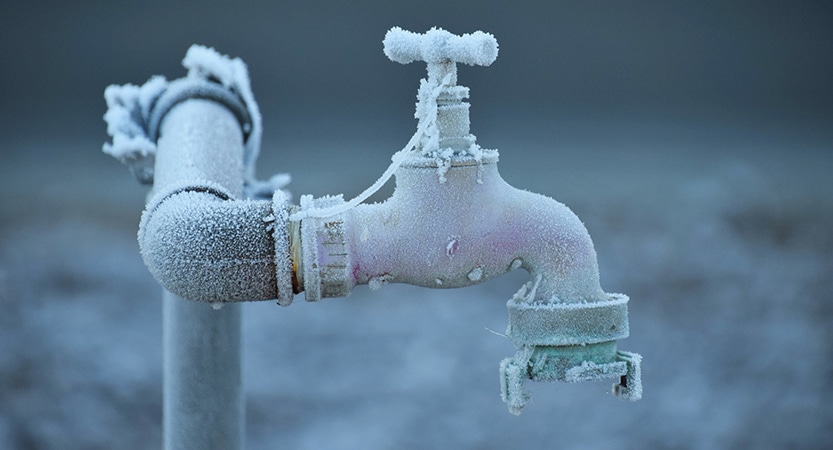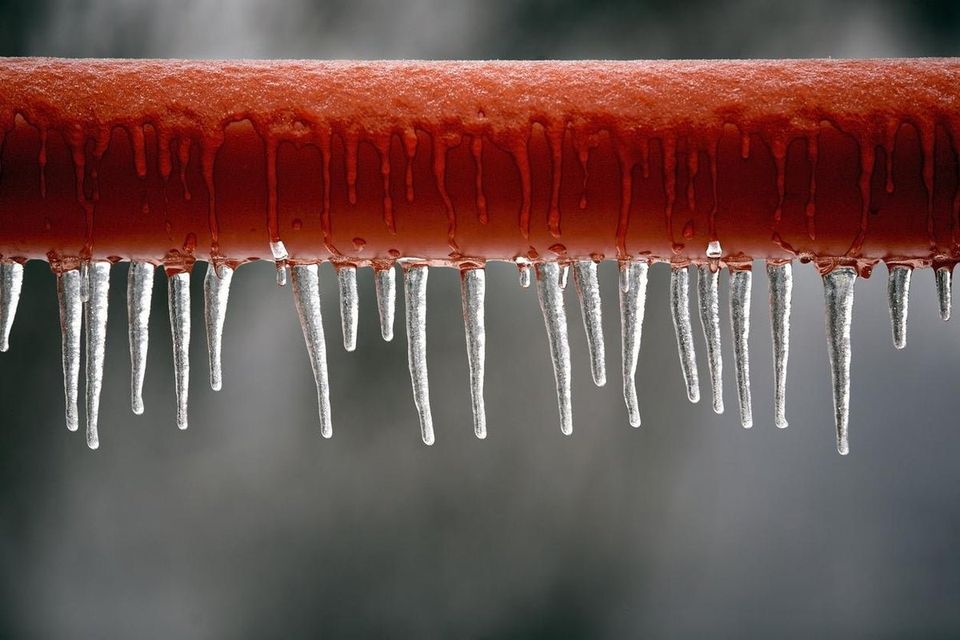The article author is making a number of good points on Helpful Tips to Prevent Frozen Pipes this Winter in general in the content followed below.

Cold weather can damage your plumbing, especially by freezing pipes. Right here's how to avoid it from happening and what to do if it does.
Introduction
As temperatures drop, the danger of frozen pipes increases, potentially causing expensive repairs and water damages. Recognizing how to stop frozen pipes is crucial for homeowners in cold climates.
Recognizing Frozen Pipes
What triggers pipelines to ice up?
Pipes ice up when subjected to temperature levels listed below 32 ° F (0 ° C) for extended periods. As water inside the pipes freezes, it increases, putting pressure on the pipe walls and possibly triggering them to burst.
Threats and damages
Frozen pipes can bring about water supply disruptions, building damages, and costly repair services. Ruptured pipes can flood homes and trigger considerable architectural damage.
Indications of Frozen Pipes
Recognizing icy pipes early can stop them from rupturing.
Just how to recognize icy pipelines
Search for decreased water flow from taps, unusual smells or noises from pipes, and noticeable frost on exposed pipes.
Avoidance Tips
Protecting vulnerable pipes
Cover pipes in insulation sleeves or make use of warmth tape to safeguard them from freezing temperature levels. Focus on pipes in unheated or external locations of the home.
Heating techniques
Maintain indoor rooms sufficiently heated, particularly locations with pipes. Open up cupboard doors to permit cozy air to circulate around pipelines under sinks.
Protecting Outdoor Pipes
Yard hoses and outside taps
Separate and drain pipes garden hoses prior to wintertime. Mount frost-proof faucets or cover outdoor faucets with insulated caps.
What to Do If Your Pipes Freeze
Immediate actions to take
If you suspect icy pipes, maintain faucets open to soothe pressure as the ice thaws. Utilize a hairdryer or towels soaked in warm water to thaw pipes slowly.
Long-Term Solutions
Architectural modifications
Consider rerouting pipelines far from exterior walls or unheated locations. Add extra insulation to attic rooms, basements, and crawl spaces.
Updating insulation
Purchase premium insulation for pipes, attics, and walls. Appropriate insulation helps keep regular temperatures and minimizes the risk of icy pipes.
Conclusion
Avoiding icy pipelines requires aggressive procedures and quick actions. By understanding the reasons, indicators, and preventive measures, house owners can shield their plumbing during cold weather.
6 Proven Ways to Prevent Frozen Pipes and Protect Your Home
Disconnect and Drain Garden Hoses
Before winter arrives, start by disconnecting your garden hoses and draining any remaining water. Close the shut-off valves that supply outdoor hose bibs and leave the outdoor faucet open to allow any residual water to drain. For extra protection, consider using faucet covers throughout the colder months. It’s also important to drain water from any sprinkler supply lines following the manufacturer’s directions.
Insulate Exposed Pipes
Insulating your pipes is an effective way to prevent freezing. Pipe insulation is readily available at home improvement stores and is relatively inexpensive. Pay close attention to pipes in unheated areas such as the attic, basement, crawl spaces, or garage. Apply foam insulation generously to create a buffer against the cold. You can also wrap your pipes in heat tape or thermostat-controlled heat cables for added warmth.
Seal Air Leaks
Inspect your home for any cracks or openings that could let in cold air. Seal any holes around the piping in interior or exterior walls, as well as the sill plates where your home rests on its foundation. Additionally, make sure to keep your garage door closed unless you’re entering or exiting. Leaving it open creates a significant air leak that can lead to frozen pipes.
Allow Warm Air Circulation
During cold snaps, it’s essential to allow warm air to circulate evenly throughout your home. Leave interior doors ajar to promote better airflow. Open kitchen and bathroom cabinets to help distribute heat consistently around the rooms. If you have small children or pets, be sure to remove any household chemicals or potentially harmful cleaners from open cabinets for safety.
Let Faucets Drip
A small trickle of water can make a big difference in preventing ice formation inside your pipes. When temperatures drop significantly, start a drip of water from all faucets served by exposed pipes. This continuous flow helps prevent the water from freezing. Additionally, running a few faucets slightly can relieve pressure inside the pipes, reducing the chances of a rupture if the water inside does freeze.
https://choateshvac.com/6-proven-ways-to-prevent-frozen-pipes-and-protect-your-home/

Hopefully you liked our excerpt on Preventing and dealing with frozen pipes. Thanks a ton for taking the time to read through our post. Liked our post? Please share it. Let others locate it. Thanks so much for your time spent reading it.
Click Here
Comments on “Tips to Avoid Frozen Plumbing in Winter: Expert Advice”